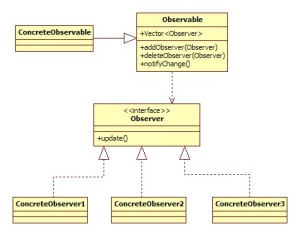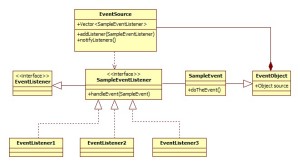寫Management Pack的幾個方法:
http://technet.microsoft.com/en-us/library/hh457569.aspx
1. 用SCOM Authoring寫 (Web Application Availability Monitoring – 簡單較沒彈性):
http://www.opsmanfan.com/index.php/6-use-scom-2012-to-monitor-a-webapi-without-using-scripts
2. 用SCOM Authoring寫(Web Application Transaction Monitoring – 困難較有彈性):
http://www.opsmanfan.com/index.php/8-scom-2012-actionable-web-application-alerts-a-scripted-solution
3. 用VS2012 Authoring Extentions寫 (困難最有彈性):
先安裝VS2012, 再安裝 VisualStudioAuthoringConsole_x64.msi(http://www.microsoft.com/en-us/download/details.aspx?id=30169)
TechEd SCOM 2012:
EPC Group.net
Management Pack Reference:
http://msdn.microsoft.com/en-us/library/jj130093.aspx
1. Elemnts:
http://msdn.microsoft.com/en-us/library/jj130347.aspx
2. Data Type:
http://msdn.microsoft.com/en-us/library/jj129838.aspx
3. Module Type:
http://msdn.microsoft.com/en-us/library/jj130161.aspx
4. Schema Type:
http://msdn.microsoft.com/en-us/library/jj130175.aspx
SCOM 2012 SDK:
https://msdn.microsoft.com/en-us/library/hh329086.aspx
https://msdn.microsoft.com/en-us/library/hh329022.aspx
https://msdn.microsoft.com/en-us/library/jj130058.aspx
SCOM 2007 SDK:
http://msdn.microsoft.com/en-us/library/cc268402.aspx
Key Concept:
https://technet.microsoft.com/zh-tw/library/ee957039.aspx
Entity Types:
https://msdn.microsoft.com/en-us/library/jj129881.aspx
Articles:
Self-study:
http://blogs.technet.com/b/musings_of_a_technical_tam/archive/2012/06/19/system-center-2012-self-study-guides-part-5-operations-manager.aspx
MP Dashboard:
http://social.technet.microsoft.com/wiki/contents/articles/12324.creating-a-widget-for-operations-manager-dashboard-walkthrough-1-custom-ui-control.aspx
SCOM set SessionID parameter:
http://technet.microsoft.com/en-us/library/gg494976.aspx
SQL:
SELECT * FROM [OperationsManager].[dbo].[ManagedType] — 列出可用 Type
SELECT * FROM [OperationsManager].[dbo].[PendingSdkDataSource] — 列出 SDK 塞的 Event & Performance Data


